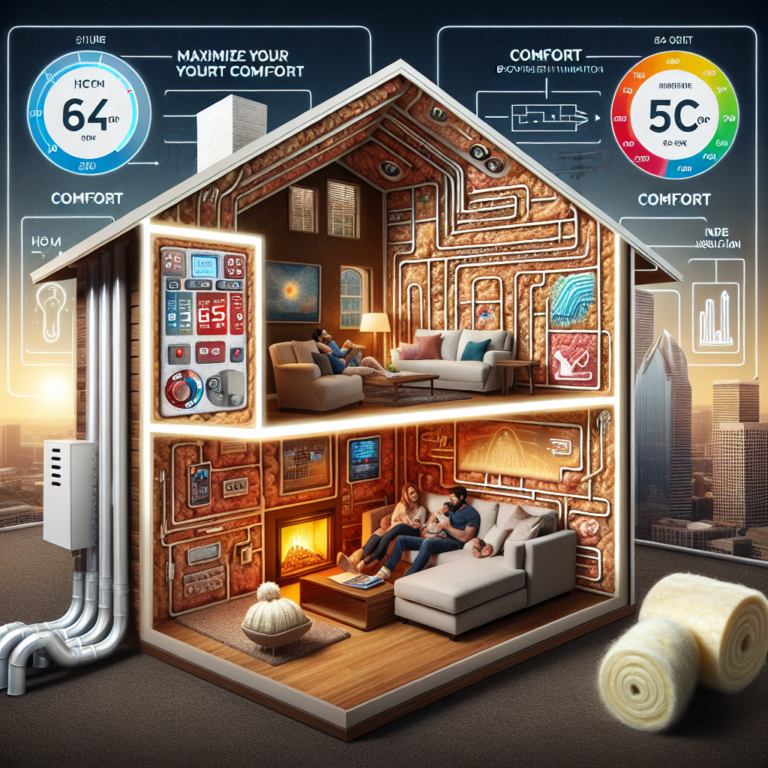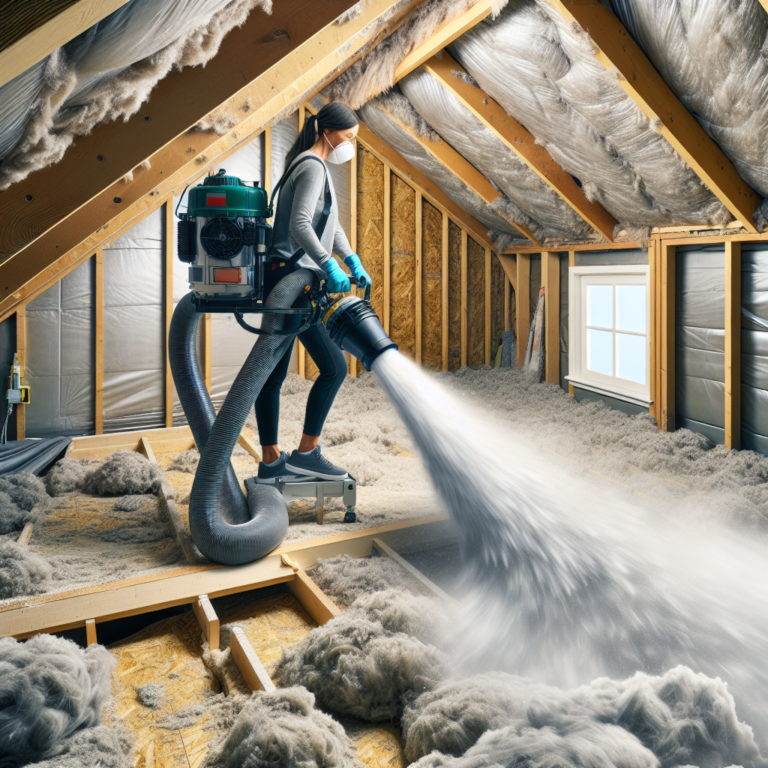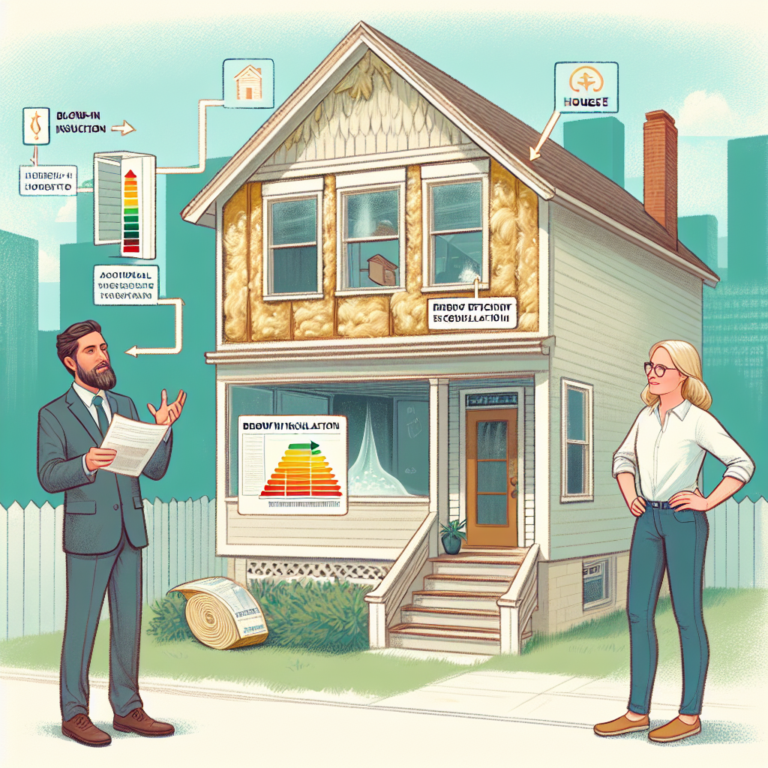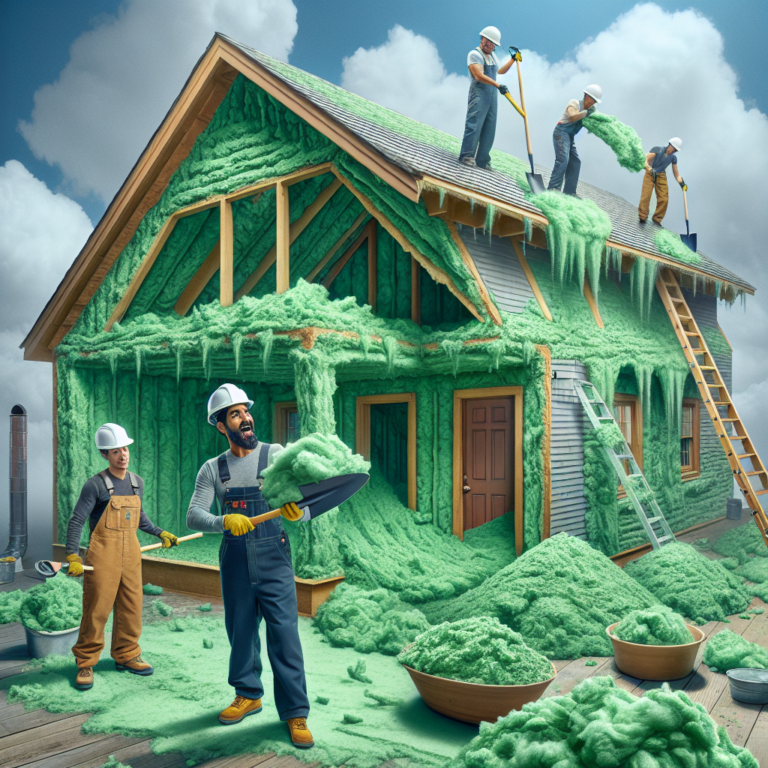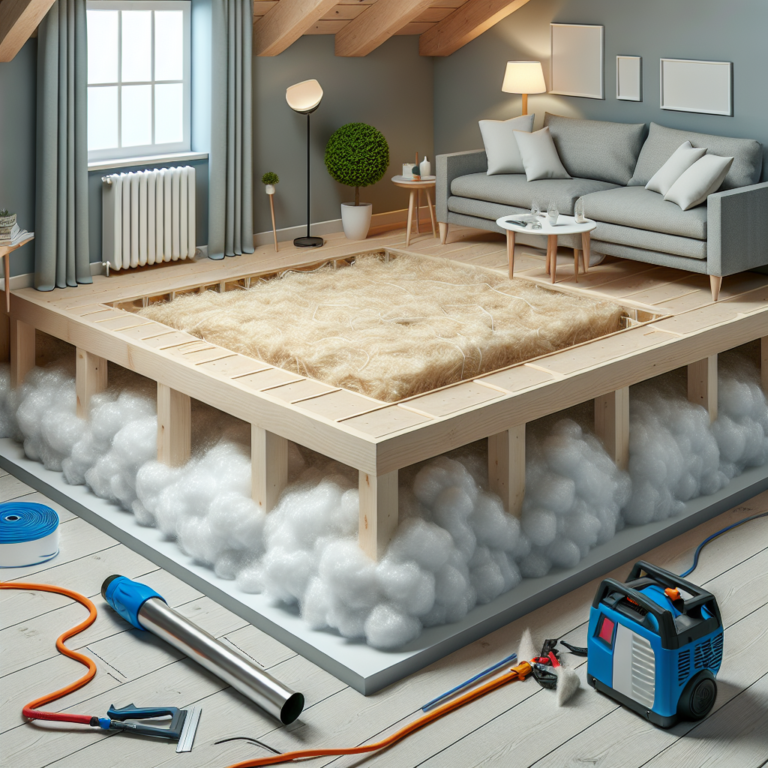Say Goodbye to Blown-In Cellulose Insulation: Johns Manville Attic Protector to the Rescue!
Introduction
Many homeowners love the idea of blown-in cellulose insulation for its eco-friendly, recycled-material origins. Yet over time, that same blown-in cellulose insulation can settle, become contaminated, or even foster mold growth—compromising its R-value and your home’s comfort. If your attic insulation has lost its loft, it may be time to replace worn-out cellulose with a superior solution. Johns Manville Attic Protector blown-in fiberglass insulation delivers long-lasting thermal performance, moisture resistance, and peace of mind. In this article, we’ll explore how to remove old cellulose, the advantages of switching to Johns Manville Attic Protector, and the safety steps every homeowner should follow.
H2: Why Replace Blown-In Cellulose Insulation?
• Settling and Compaction: Cellulose fibers pack down over time, reducing their ability to trap air and resist heat flow.
• Moisture and Mold Risks: Being paper-based, cellulose can absorb moisture, creating conditions for mildew and mold growth.
• Fire-Retardant Limitations: Although treated, cellulose’s chemical fire retardants can degrade, whereas fiberglass remains noncombustible throughout its lifespan.
• Air Leakage: Gaps and voids often form as cellulose shifts, undermining energy efficiency and overworking HVAC systems.
H2: Benefits of Using Johns Manville Attic Protector Blown-In Insulation
1. Consistent R-Value Retention
– Made from 100% inorganic fiberglass, Attic Protector maintains its thermal resistance year after year, ensuring predictable energy savings.
2. Superior Moisture and Mold Resistance
– Fiberglass repels moisture, preventing bacterial growth and preserving indoor air quality.
3. Noncombustible Safety
– Unlike paper-based products, Johns Manville Attic Protector will not ignite or fuel a fire, adding an extra layer of fire protection to your home.
4. Even Coverage and Air Sealing
– Blown-in application fills cracks, corners, and around plumbing or wiring, creating a continuous thermal barrier with no gaps.
5. Sound Dampening
– The dense fiberglass fibers also act as an acoustic buffer, reducing external noise and improving indoor comfort.
6. Environmentally Responsible
– Attic Protector contains recycled glass and contributes to sustainable building practices without compromising performance.
H2: Step-by-Step Guide to Removing Blown-In Cellulose Insulation
1. Assess and Plan
– Enter your attic and inspect the insulation depth, moisture spots, and any signs of pest or mold activity. Decide whether you can tackle removal yourself or need professional help.
2. Gather Protective Gear and Tools
– Dust mask or respirator rated N95 or higher, safety goggles, gloves, disposable coveralls, a HEPA-filtered vacuum, a heavy-duty garbage bag, and a utility shovel.
3. Seal Off Living Spaces
– Turn off HVAC vents in the attic, cover attic stairs and access points with plastic sheeting, and close doors to prevent dust from migrating into occupied areas.
4. Remove Bulk Insulation
– Using the shovel, scoop loose cellulose into bags. Avoid stirring up dust; work gently and move methodically across the attic.
5. Vacuum Remaining Debris
– Employ the HEPA-filtered vacuum to clean corners, edges, and joist cavities. This ensures any fine particles that might carry mold spores or dust are removed.
6. Inspect and Repair
– Examine the roof deck, framing, and vents for leaks, rot, or damage. Address any structural or moisture issues before installing new insulation.
7. Dispose Responsibly
– Seal bags tightly and follow local regulations for cellulose disposal, often accepted as nonhazardous waste at recycling centers or landfills.
H2: Safety Precautions to Take When Removing Blown-In Cellulose Insulation
• Ventilation: Keep attic windows open or use a portable fan to push dust outside.
• Personal Protection: Always wear a respirator, eye protection, and coveralls to safeguard against airborne fibers and particulates.
• Electrical Awareness: Shut off attic lighting circuits before working near fixtures or wiring.
• Avoid Cross-Contamination: Remove and bag protective gear before re-entering living spaces; launder reusable clothing separately.
H2: Q&A
Q: Can I simply add more insulation on top of old cellulose?
A: While you can, layering over degraded cellulose does not eliminate mold, moisture, or settling issues. Complete removal ensures a clean slate for superior performance.
Q: How long does the removal and replacement process take?
A: For a typical 1,000 sq ft attic, a DIY removal might take 1–2 days; professional crews can often complete removal and install new fiberglass insulation in a single day.
Q: Will blown-in fiberglass settle over time?
A: Properly installed Johns Manville Attic Protector maintains its loft and R-value without significant settling, thanks to its uniform fiber density.
Conclusion
Upgrading from old, compacted blown-in cellulose insulation to Johns Manville Attic Protector delivers ongoing energy savings, enhanced fire safety, and improved indoor air quality. By following a careful removal process and observing safety precautions, you can transform a dusty, ineffective attic into a high-performance thermal barrier. Say goodbye to blown-in cellulose insulation and hello to the enduring comfort and efficiency of Johns Manville Attic Protector!




